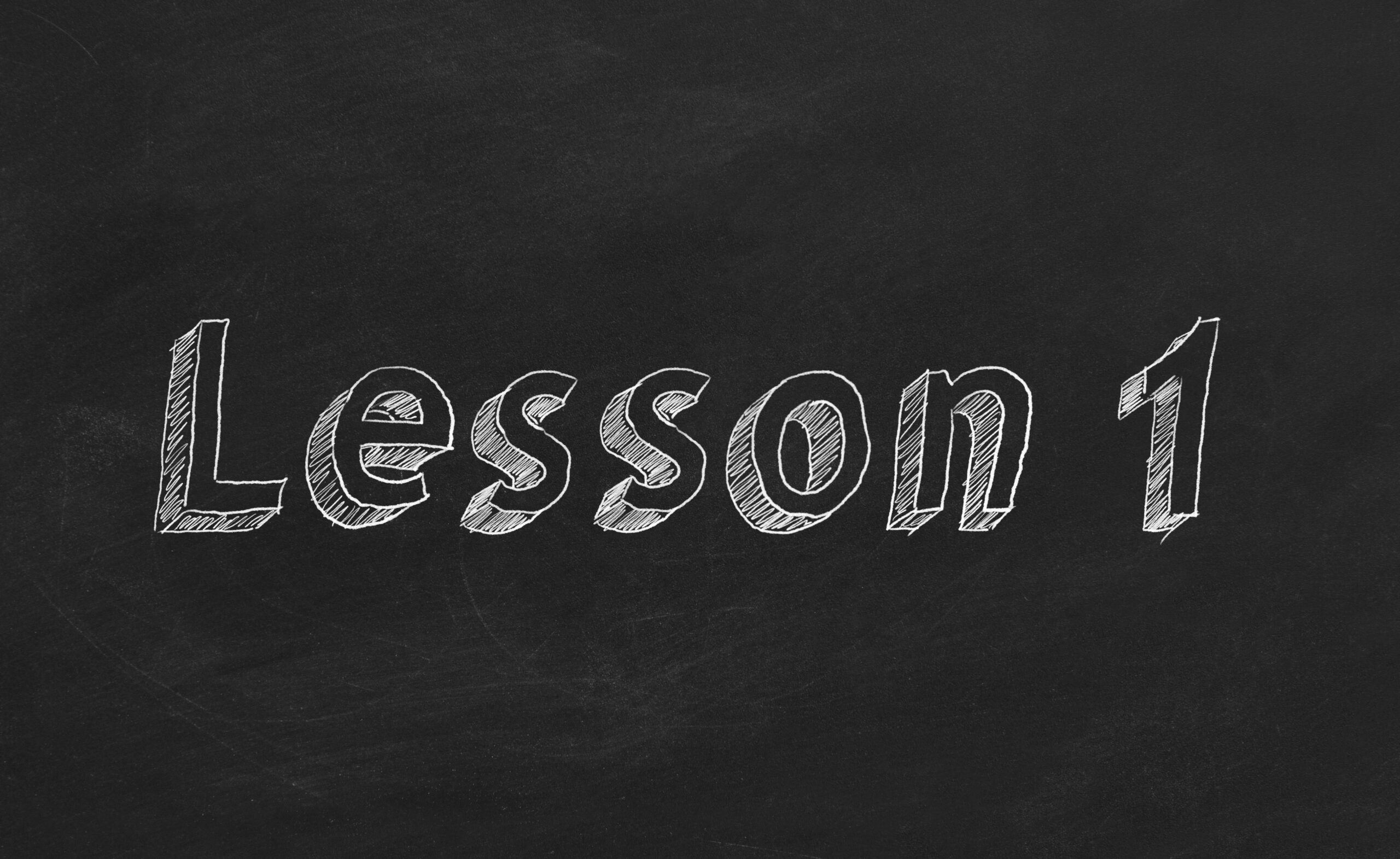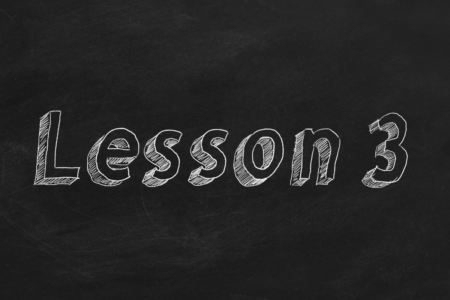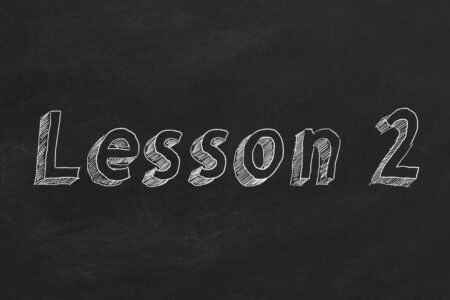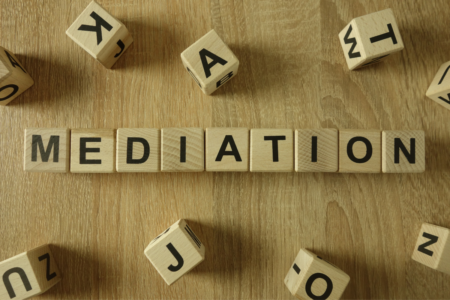A Client’s Introduction to Mediation
Chapter One: What is Mediation, and What is the Role of a Mediator?
Mediation is an attempt to settle a legal dispute by resolving the parties’ differences without a formal determination of liability and damages by trial or arbitration. In most states, if not all, discussions during the course of a mediation are confidential and cannot be used for any purpose in the lawsuit. Confidentiality provides a safe space for the parties to discuss the case openly and honestly without fear of adverse consequences if the case does not settle.
A mediator facilitates communication, explores potential solutions, and helps parties evaluate the likely outcome if they cannot reach a settlement. A mediator is not a decisionmaker. Nor is the mediator a mere messenger. Instead, a mediator is a facilitator, negotiation coach, and neutral case evaluator. The mediator is usually an experienced attorney who is appointed by the court or selected by the parties, and is screened to make sure there are no conflicts of interest. The parties normally split the cost of the mediator, and the mediator is paid regardless of whether the mediation is successful. Mediators have no power or authority over the parties and are there only to assist in negotiations.
Mediation participants usually include the mediator, the parties and their attorneys, and an insurance adjustor if the defendant is insured. If the defendant is a corporation, participants may also include a corporate representative, risk manager, and in-house attorney. Mediations can occur in-person or by video teleconference. Because the process is lengthy, you should reserve the entire day and evening.
Generally, there are five stages of mediation.
Stage One: Planning Conference and Written Statements
The mediator will likely conduct a phone conference to plan the mediation and discuss any issues the attorneys may be concerned about. Clients typically do not attend this conference. Nearly all mediators require that each party submit a confidential written statement in advance of the mediation that summarizes the facts, law, and history of negotiations. Your attorney will likely share the written statement with you. Do not hesitate to ask for a copy.
Stage Two: Opening Joint Conference
Most mediators start the day of mediation with a joint conference where all participants are introduced, the mediator makes an opening statement, and the parties make their opening statements. Attorneys typically make remarks first, then turn to their clients for anything they may want to share. Mediators encourage clients to speak up. The atmosphere can be tense, but sharing and listening with an open mind is critical to the hard work ahead of attempting to reach a resolution. The joint conference may last thirty minutes to two hours depending on the number of participants and complexity of the case.
Stage Three: Private caucuses
When the joint conference concludes, the mediator meets with each party privately in what is commonly referred to as caucuses. The mediator conducts the first caucus session with the party who will make the opening offer, and the caucus typically concludes with that party giving the mediator a settlement offer to convey to the other side.
The parties exchange offers in this manner throughout the day, with the mediator shuttling between the parties with new offers and information. During this process, the parties gain a better understanding of the case and critical insights into the other side’s position.
Let your attorney take the lead in discussions with the mediator. Avoid the urge to convince the mediator you are right. Instead, help the mediator understand and effectively communicate your message to the other side. The mediator will also communicate key information back to you, but only to the extent the other side expressly permits information to be shared. The mediator will also help you formulate proposals and think outside the box to develop creative solutions.
The mediator will inevitably point out weaknesses in your case and push hard for you to consider the points being raised by the other side. Understand the mediator is not attempting to embarrass you or convince you the other side will win. Nor is the mediator taking sides with the opposing party. Instead, the mediator is working hard in both rooms to assist the parties in thinking about the case differently today than yesterday, and making both parties understand there is significant risk and expense ahead if the case does not settle.
Stage Four: Conclusion
Negotiations conclude when the parties reach an agreement concerning the essential terms of a settlement, or when the parties have stated their final positions and are too far apart to reach an agreement. If the mediation is unsuccessful, the mediator may follow up by telephone after the mediation to continue negotiations until there is no hope of an agreement. If the parties agree on a settlement, most mediators require the parties to draft and sign a term sheet before leaving the mediation to bind the parties immediately and prevent second thoughts from destroying the settlement.
The mediator may submit a report to the Court stating the mediation occurred and was or was not successful. The mediator typically does not disclose anything else to the court.
Stage Five: Case Dismissal
When a case settles, it usually takes the parties thirty to sixty days to prepare and sign a final settlement agreement, make any settlement payment, satisfy any additional obligations of the settlement agreement, and dismiss the lawsuit. More complex cases may require a longer period of time for compliance with the settlement terms, in which case the mediator may remain involved to assist the parties with any lingering disputes.
We hope Chapter One in this Client Series provided you with a good understanding of general mediation concepts. Read Chapter Two to understand why mediation dominates trial as the preferred method for resolving lawsuits.






